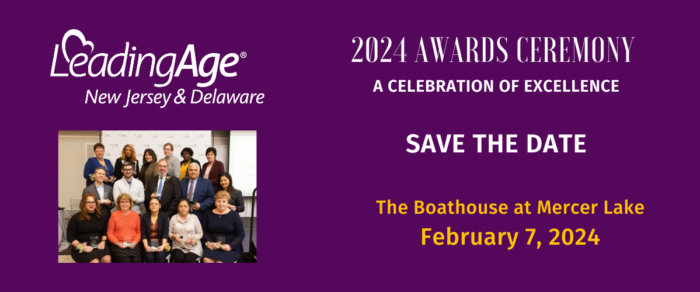E-1: Planning the Future: For Those Who Don’t Own a Crystal Ball
NAB– 1.25 Credit Hours | Thursday, June 22nd. 9:45 AM – 11:00 AM
Session Description:
Astronomical construction costs and disruptive supply chain issues are key factors delaying or effectively freezing many expansion initiatives and capital projects. Combine those with a focus on the historic labor shortage and lingering effects of the COVID Pandemic, and it is clear why so many senior living organizations have put plans on hold in order to weather the storm. For many organizations, these challenges may create an exciting opportunity to plan for the future. In this highly competitive and ever-changing market, realigning and repositioning assets is critical in order to sustain the organization long term.
This session will showcase two organizations in particular, who chose master planning at this precise time; even while other capital projects were already in progress. Presbyterian Senior Living (PSL) is a not-for-profit organization, providing retirement and senior care services for more than 90 years. Headquartered in Dillsburg, Pennsylvania, they provide comprehensive services and accommodations to more than 6,000 seniors in 30 locations across the mid-Atlantic region of Pennsylvania, Maryland, Ohio and Delaware. Focused on their campus in North-west Philadelphia, PSL sought an exercise that would clearly identify a plan for the future that would offer new housing types it hadn’t envisioned before. Parker Health System was founded more than 110 years ago, as a place where people could age in a home-like setting. Since then, Parker has led the way in aging services and has been committed to challenging, changing, and expanding the idea of what it means to grow older in America. Parker has been in planning mode for a number of years, focusing on enhancing and better aligning each of its campuses and now in the midst of an enterprise-wide effort, guided by the premise of heightening performance and outcomes. This session will offer insight on driving factors; mission, finances, personnel, leading to a clear path towards a sustainable future for the organizations and residents they serve. The panelists will outline and discuss key elements of the process including; identification of need and performance of an asset, allocation of resources and access to funding, reflection on mission, selection of a key professional partners, understanding of logistics and communication to residents and staff, and final evaluation.
Learning Objectives:
Outline approaches to initiate a master planning process, and what the key components of an effective plan are.
Recognize internal and external forces affecting planning strategies and vision of a sustainable future for their organizations.
Explain how matching future client expectations with environments that deliver engaging experiences leads to a successful and realization of the vision.
Speakers:
Steve Leone, Principal, Spiezle Architectural Group, Inc.
Having spent over 30 years of my career designing senior living environments of all types, my involvement more recently with master planning with a number of clients, offers me greater insight to what the key components, partnerships, finances, nuances, and hurdles facing organizations are as they plan for the future. As Principal in Charge of these projects and client accounts, my role is to be sure we bring a well-rounded team that is knowledgeable and skillful enough to guide clients through the journey of developing a true master plan. This requires leadership, and experience, but also resolve and insight from the industry to keep leadership on task.
Dan Davis, President & CEO Presbyterian Senior Living
Pam Smith, Director of Business Development for Parker Life
Jim Bodine, Executive Vice President HJ Sims



